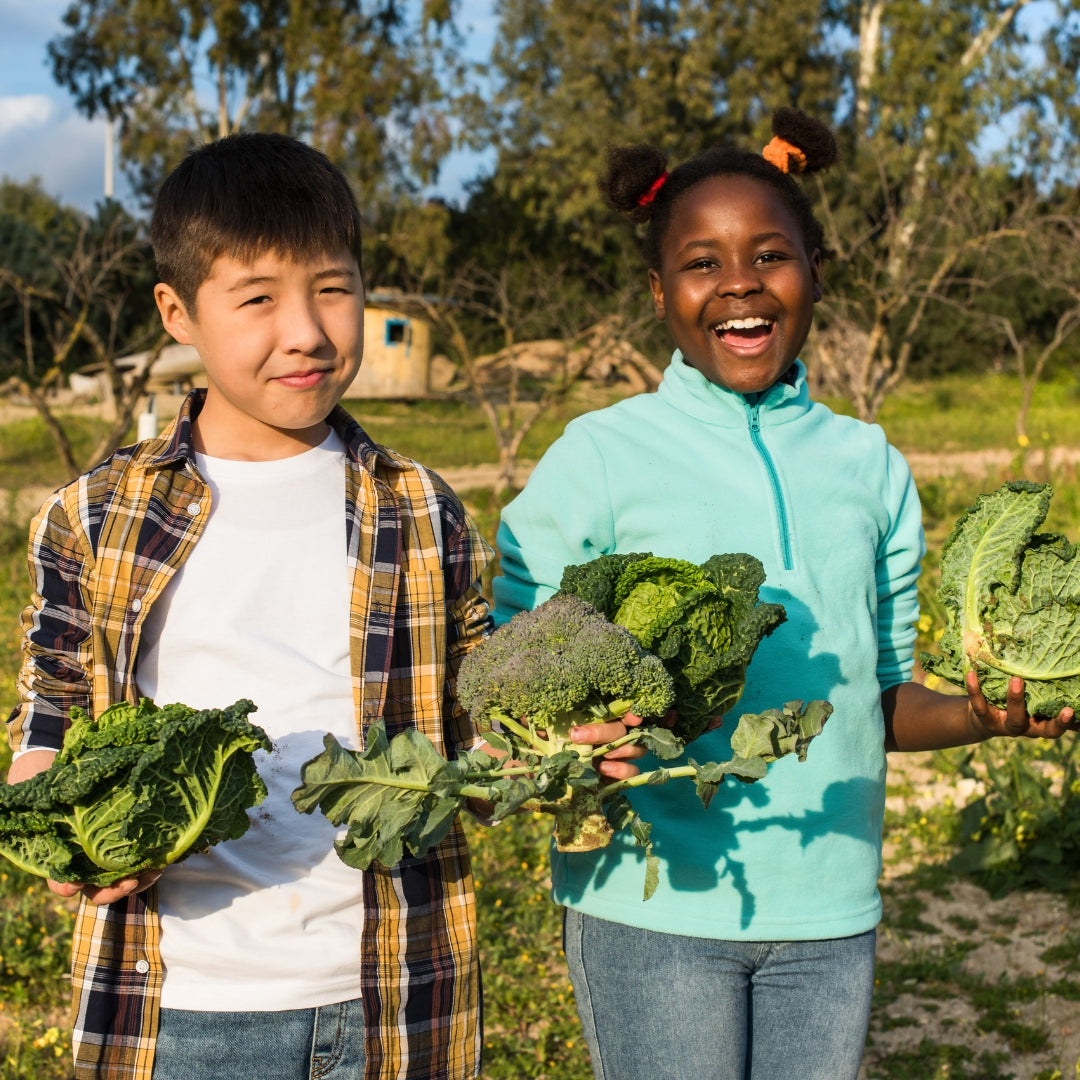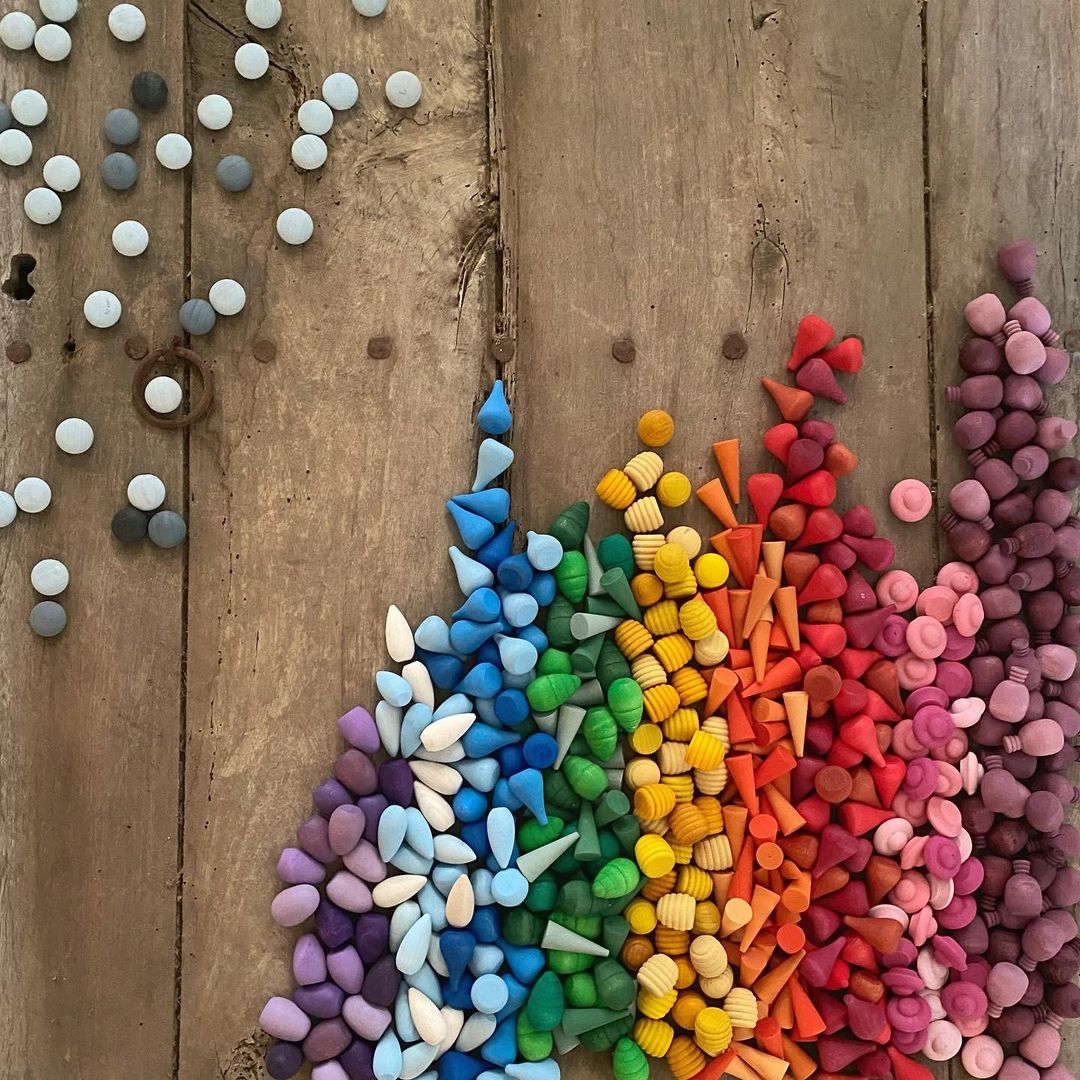Educational Resources: The Concept of Classifying and Sorting Objects.
Have you ever watched your young child naturally sort objects? Sorting activities often appeal to children and many will naturally sort according to qualities and characteristics they visually notice without ever being taught.
This fundamental pre-requisite to further mathematical understanding can often be disregarded or ignored as a purely play based activity that children instinctively engage with. However, it is an important and essential part of beginning mathematical skills and an important part of every child’s developmental journey.
As adults we sometimes overlook the importance of fundamental skills in a young child. When some people talk of mathematics learning they routinely speak of number sense or numeration, and more specifically counting or even the higher order operations of addition, subtraction, multiplication and division.
However, in the young child there are many beginning process skills which need to be understood before they can engage with number. These include identifying and describing attributes, matching, sorting, comparing and ordering.
Mathematical learning for young children begins naturally as they engage with the world around them and children have a natural desire to make sense and create order of this world. Children learn best by investigating and manipulating concrete materials, discussing ideas and developing problem solving skills.
A child must be able to classify objects into groups before they can take part in significant number learning. Children need to learn how to sort and classify before they are able to move on to activities that involves numbers because they need to know what they are counting before they are able to actually count them.
Here we are talking about real number understanding, rather that rote counting. Rote counting is a skill which doesn’t require understanding. It is just like reciting the alphabet doesn’t mean you can read and make meaning from what you have read.
The process of identifying and describing attributes involves being able to see likenesses and differences between objects. Attributes are characteristics, qualities or traits of objects – it is what a child can see and describe.
Common attributes which young children notice are colour, shape, size, how it feels, what it’s used for and type of material. Later mathematical processes, such as matching, comparing and sorting, are dependent upon a child’s confidence with attributes. When children match objects, they choose a similar attribute.
In sorting objects, they separate them according to similarities and differences. When comparing, the children determine if an object has more or less of an attribute.
Classifying and sorting activities help children to develop a range of thinking skills and build the foundations for later problem-solving. The visual memory and discernment involved, and the ability to identify patterns, relationships, similarities and differences, assists children in learning about early number representation and problem-solving.
Another benefit of sorting activities is the development of fine motor skills. Fine motor skills help children engage with the smaller more precise movements they will need as they continue to grow and develop. Many classifications and sorting activities lend themselves to being great fine motor activities as well.
As with all skills, there is a developmental sequence of understanding:
- Identifying and describing attributes - children need to be able to notice the attributes of a particular object. They need to develop the language which helps them explain their thinking. They need to be able to notice the details and to be observant.
- Matching - here children are focusing on the sameness of an attribute. Children need to be able to express why they are matching something. Matching nurtures children’s reasoning skills.
- Sorting - a step further than matching as children group different objects with one or more attribute. Sorting involves making a variety of different decisions. The ability to sort using two or more attributes embodies higher order thinking.
- Comparing - children make a decision based on the amount of an attribute two objects hold. Here children are engaged with determining which object possesses more or less of an attribute. Children develop their vocabulary of comparative description. They also develop an understanding that comparing is relative to the situation and that an object's description can change depending on what it is being compared with. Children begin using “er” words for example bigger, darker etc.
- Ordering - children can only order when they are able to identify and describe attributes, notice differences and make comparisons. Ordering involves arranging objects according to increasing or decreasing amounts of an attribute. Children use “est” words for example biggest, darkest.
How to help your child develop their skills in classifying and sorting:
Even though many children begin to naturally sort according to basic attributes, there are many activities that can help your child develop, refine and expand their skills. For the young child engaging with concrete, real-life objects is an essential starting point. Visual representations require higher-order processing and can confuse very young children.
There are a plethora of items found in the home and out in nature that can be used as manipulatives for children. Our 'Nature Box' has a collection of natural educational resources that can be used for this exact purpose.
Here are some ideas for you to try at home:
Identifying and describing attributes
- Displaying and explaining differences - ask your child to collect small things they can find around their room that are different. Talk to them about what makes them different. Encourage conversation about colour, shape, size, what they are made of and function. An example could be to start with a product like our 'Tinker Box'. Encourage your child to a small number of objects from the box and increase the number as they begin to understand the game.
- Go outside and repeat this activity with natural objects. The difference in attributes here will encourage different vocabulary. Remember to encourage your child to explain their thinking.
- Try these activities again this time talking about what makes them the same or almost the same.
- Encourage your child to find items that are similar and talk about the differences and similarities.
- Listen to your child’s explanations for their reasoning. Accept their explanations and take the time to offer different ones. Different interpretations will broaden their thinking. For example, if a child only ever talks about colour, try talking about size or shape.
Matching
Once your child can talk about, describe and explain their thinking about attributes try activities which asks them to find two things that share an attribute.
- This time collect a variety of household items, two of each kind of item that has at least one attribute the same - for example, colour. Ask your child to match the items according to the attribute.
- Collecting a different group of items ask your child to match the items according to their own chosen attribute. Remember that the development of language skills here is very important.
Sorting
There is an overabundance of items children can sort that is easy to find in the home and garden.
For just one idea:
- Try collecting many different types of fabric that have different colours and patterns. As you are doing this think about how children might sort these fabrics and try to collect fabric that has attributes that could be sorted in different ways. For example striped patterns but different colours, plain colours in different shades, same colours different patterns. Cut each piece of fabric the exact same size to eliminate size as a sorting choice. Give your child several containers to use to sort the scraps of material. Allow your child to sort them according to the attribute they choose. Talk about why they chose that attribute, ask them to explain their decision.
- Ask your child to repeat the sort using a different attribute. Take turns with your child to see how many different ways you could sort.
No matter what objects you chose, young children need to engage in activities loaded with concrete and real-life materials. They need to manipulate these materials, discuss their ideas and decision making, and engage in verbal interaction with adults who can expand their thinking.
Never underestimate the power of discussion and the essential need to engage with your child in the development of fundamental mathematical skills.
We invite you to explore our 'collection of educational resources', perfect for identifying, sorting, matching and more.




